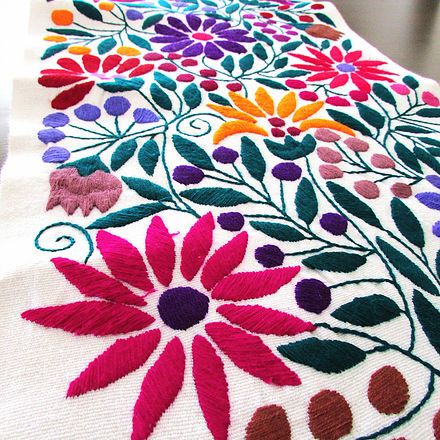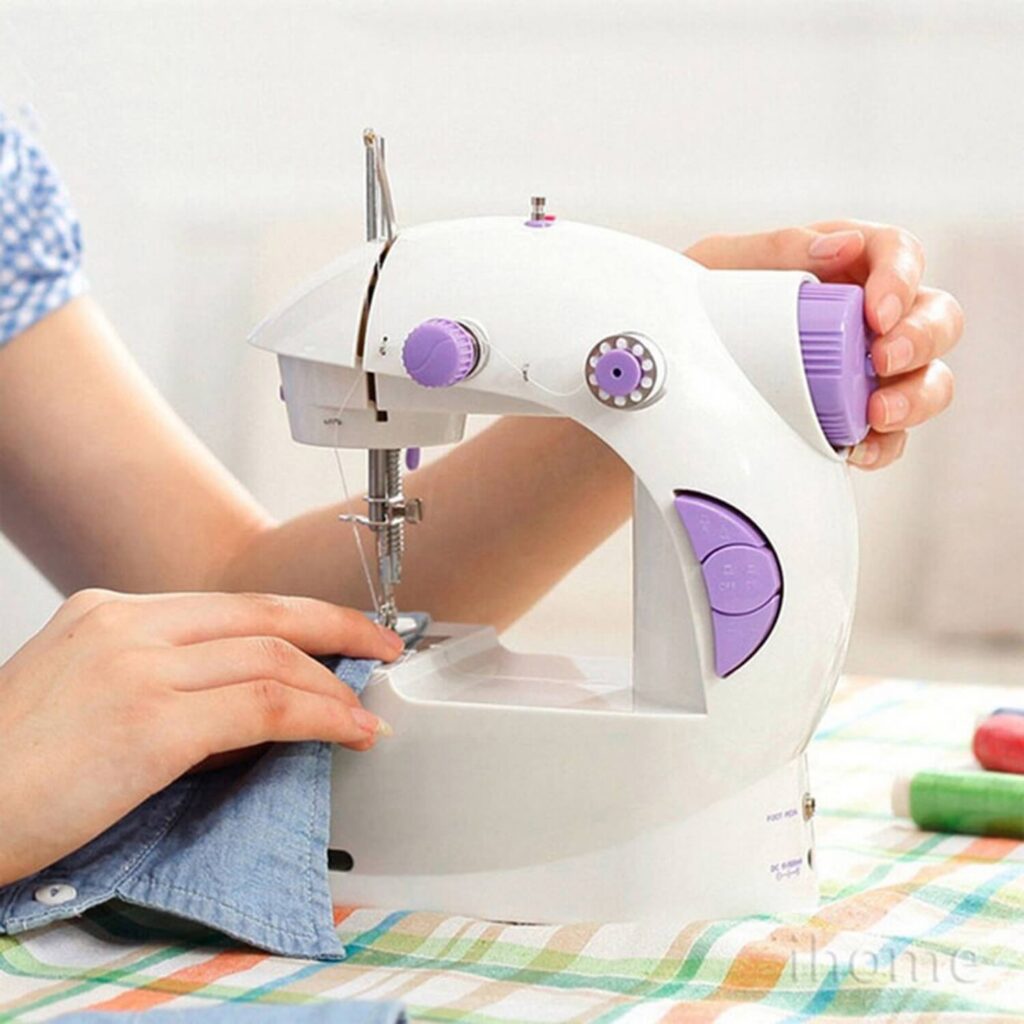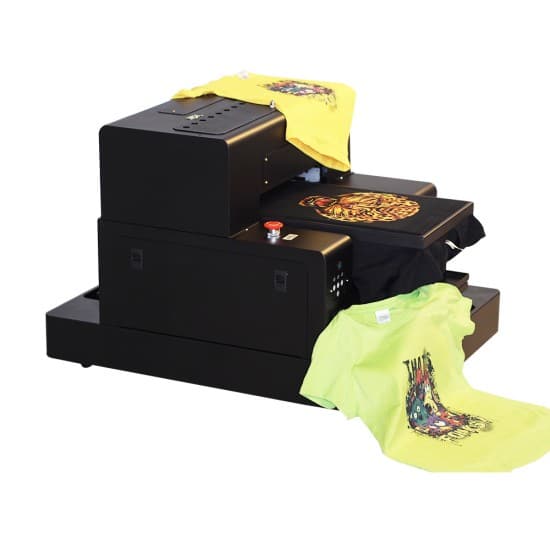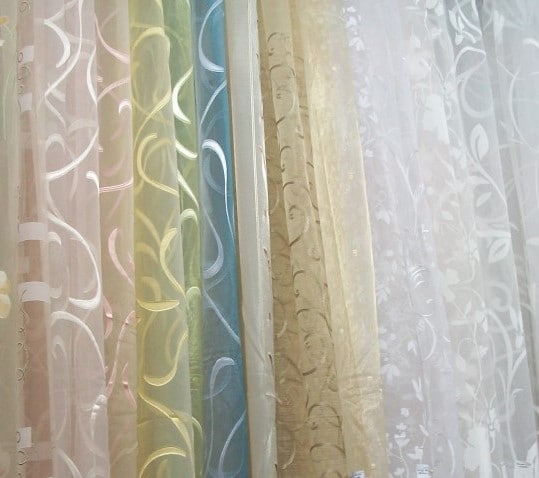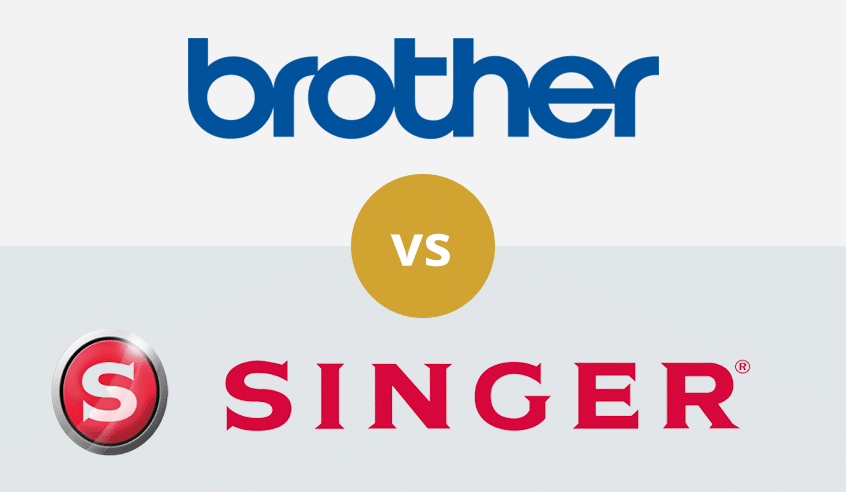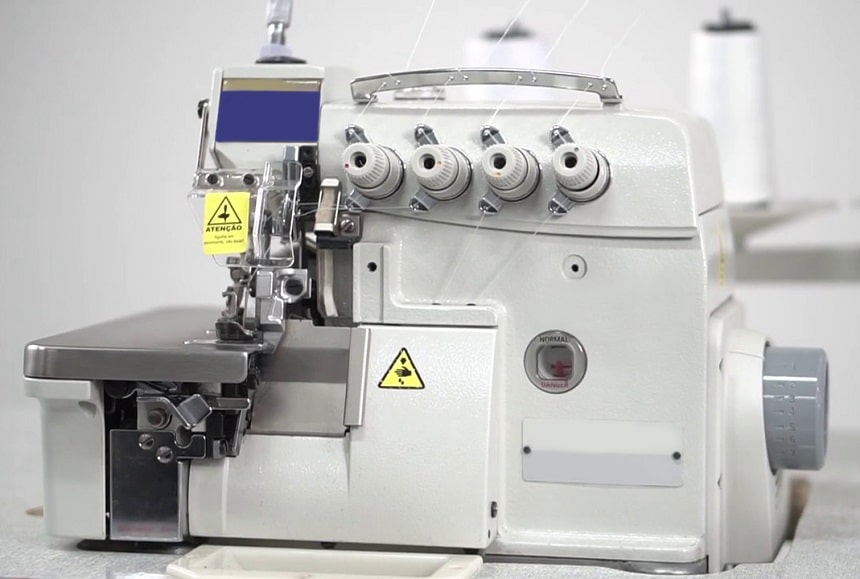

Perhaps you have been sitting at home during the pandemic and thought to pick up a new hobby, as most of us have. Are you crafty, and do you like working with your hands? Do you enjoy decorating things, and do you have a good artistic eye?
Consider embroidery or cross-stitch then. Both are enjoyable and creative ways to spend time and express yourself. You can even revitalize your wardrobe and linen closet after developing some tried-and-true techniques. Whether you are interested in starting by hand or going for a more mechanical approach, both are great hobbies to learn.
You might be wondering, what are the differences in cross-stitch vs. embroidery? I’m sure you have seen delicate patterns on expensive fabrics, or maybe you have seen your favorite people on Pinterest or Instagram cross-stitching cute patterns to hang in their homes. Continue reading below to discover the differences between the two forms of art!
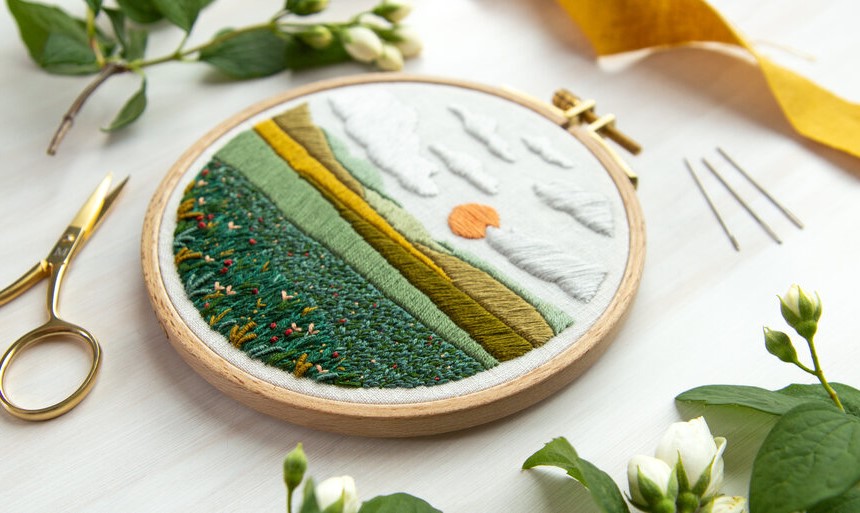
Embroidery Trusted Source Embroidery - Wikipedia Embroidery is the craft of decorating fabric or other materials using a needle to apply thread or yarn. Embroidery may also incorporate other materials such as pearls, beads, quills, and sequins. In modern days, embroidery is usually seen on caps, hats, coats, blankets, dress shirts, denim, dresses, stockings, and golf shirts. Embroidery is available with a wide variety of thread or yarn colour. en.wikipedia.org is a lovely handcraft art form that involves decorating a piece of fabric with some kind of thread material by using a needle. This form of decoration has been implemented by women and creative people for many years, passed down through generations for centuries.
People all around the world embroider. This is a delicate and time-consuming process that exists in every culture, from Japan to Hungary. People use embroidery to decorate clothing, linens, handkerchiefs, curtains, and other materials meant to be worn or displayed.
Embroidery is considered folk art and has a lot of historical significance in the communities where it is practiced. Embroidery has been used to create art and patterns as well as to tailor and patch clothing.
There are many different ways to embroider a piece of fabric. Factors such as the region where the embroidery is happening influence the shapes and designs used, as well as the types of stitches that the embroider decides to employ.
A technique used in Japanese and traditional Chinese embroidery is when designs are created without caring about what the weave on the backstitch looks like. This is called free embroidery, or surface embroidery, because the attention is on the surface of the garment.
In a type of embroidery referred to as drawn thread work, as well as in style called cutwork, the fabric is distorted or destroyed so that it can be embellished by a thread of a similar color.
A type of embroidery called whitework is when a white piece of fabric is decorated with white thread. There are two types of whitework that exist. Hardanger is geometric in style, while Broderie Anglaise is more like free embroidery because of the organic shapes.
Another technique is called count-thread embroidery, which is also considered cross-stitch. This will be discussed in more detail below.
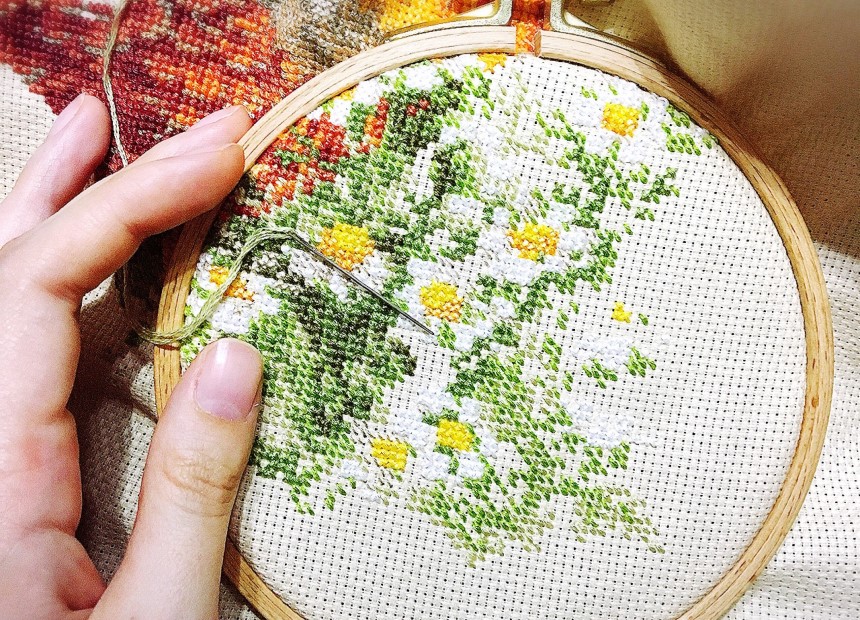
This technique is referred to as count-thread embroidery because the embroiderer must count the stitches to ensure that each one is identical in size. This ensures continuity of the image without distortion.
Most of the time, the person embroidering the material will create a pattern on a grid to make the transferring of the pattern as easy and uniform as possible.
There are a few different methods to use when cross-stitching. One method is called cross-country, which means the person only uses one color at a time. There is yet another method called parking, where one section of the pattern is stitched at a time, and the last thread of color is stuck into the material where it will next be used in the next block.
Cross-Stitch is the oldest form of embroidery that exists and can be traced all the way back to the Middle Ages in some cases. Cross-Stitch is a specific subgenre of embroidery, and there are not many variations on how to perform it.
While there are variations in cross-stitch execution, which have been discussed above, the technique is still very much based on counting the stitches to ensure uniform sizing.
Embroidery is a multi-faceted fabric embellishment technique with multiple ways to execute, and there is no limitation to the sizing and the types of stitches that can be used.
Embroidery is relatively difficult because there is so much variation in the general techniques, while cross-stitching can be considered easier because it is plotted out.
Cross-stitching is usually done by hand, and you can also embroider by hand as well. This is the traditional way that women have been embellishing clothes and other fabric items for years and years.
There are two ways in which you could embroider, however. The other way you can embroider is with a machine that can allow you to create elaborate and intricate patterns in a short amount of time.
For both approaches, you would need a needle and some type of material, as listed below. If you wished to perform an embellishment by hand, we would recommend using a hoop to keep your material in place while you stitch into it. This ensures that the work will come out symmetrical when you are finished, rather than lopsided and crumpled.
Typically, there are many different materials that can be used to embroider and cross-stitch. Cultures all around the globe have used pretty things like silk, sequins, bead, pearls, quills, feathers, metallic threads, or even simply just yarn.
Cultures have been embroidering fabrics and other materials for centuries. Women had used embroidery and cross-stitch to tell their stories during time periods when they were not allowed to read or write. Aside from being a beautiful handcraft, embroidery weaves the history of society in its stitches. There are so many ways that you can employ embroidery and cross-stitch. Whether you want to improve your wardrobe, bring life to your musty linens, or create a wonderful piece of art to display in your home, these art forms are a great option. Cross-stitch vs. embroidery. Both are delightful.
Cross-stitching is a relatively easy way to ease into embroidering as a hobby. You don’t need many supplies, just the time to sit and practice – which we all have a lot of nowadays. Enjoy this practice as a meditative session as well as an artistic one and impress your friends with your newly acquired skills!
